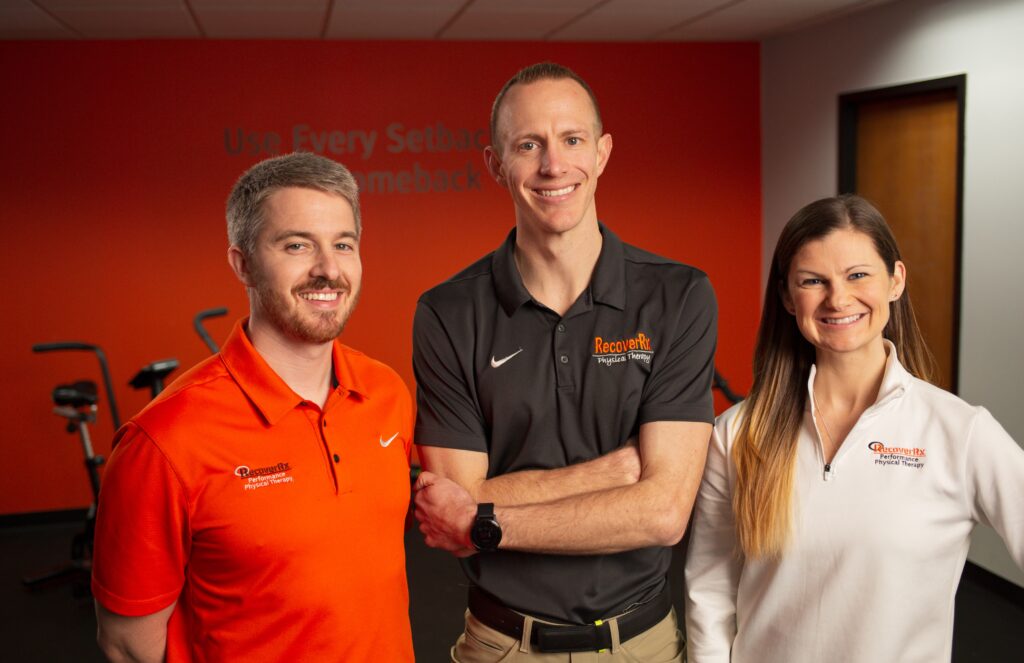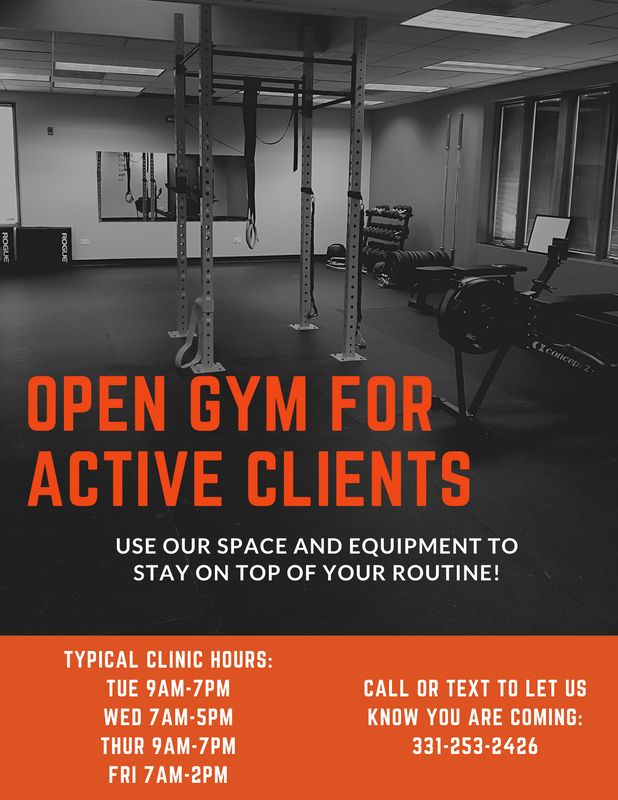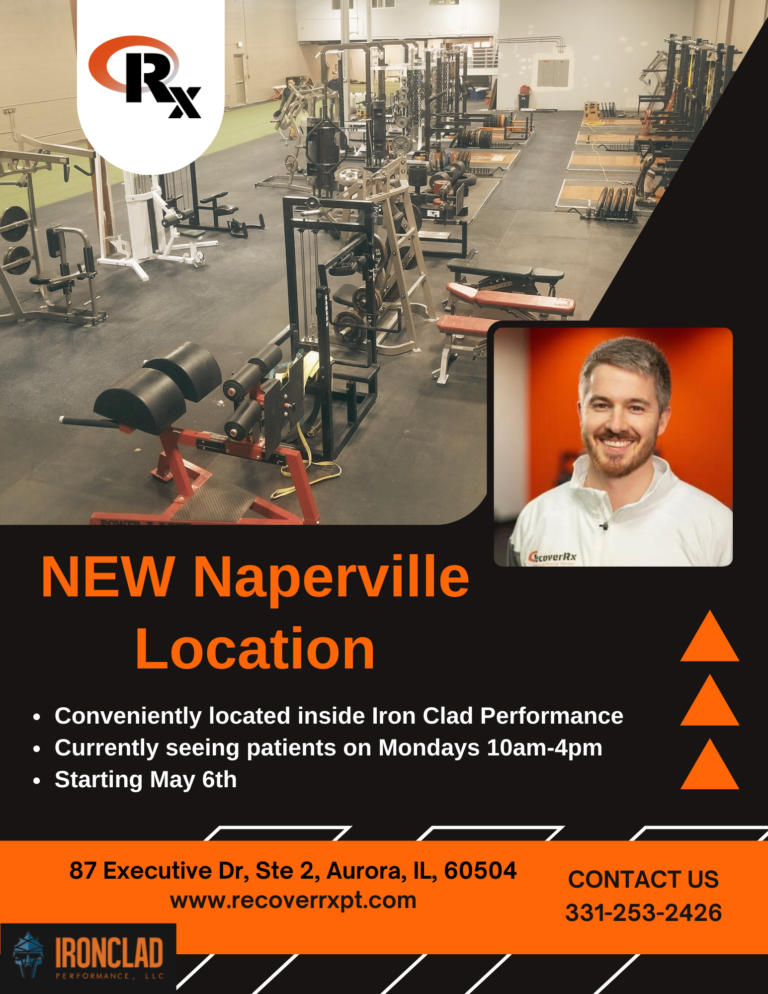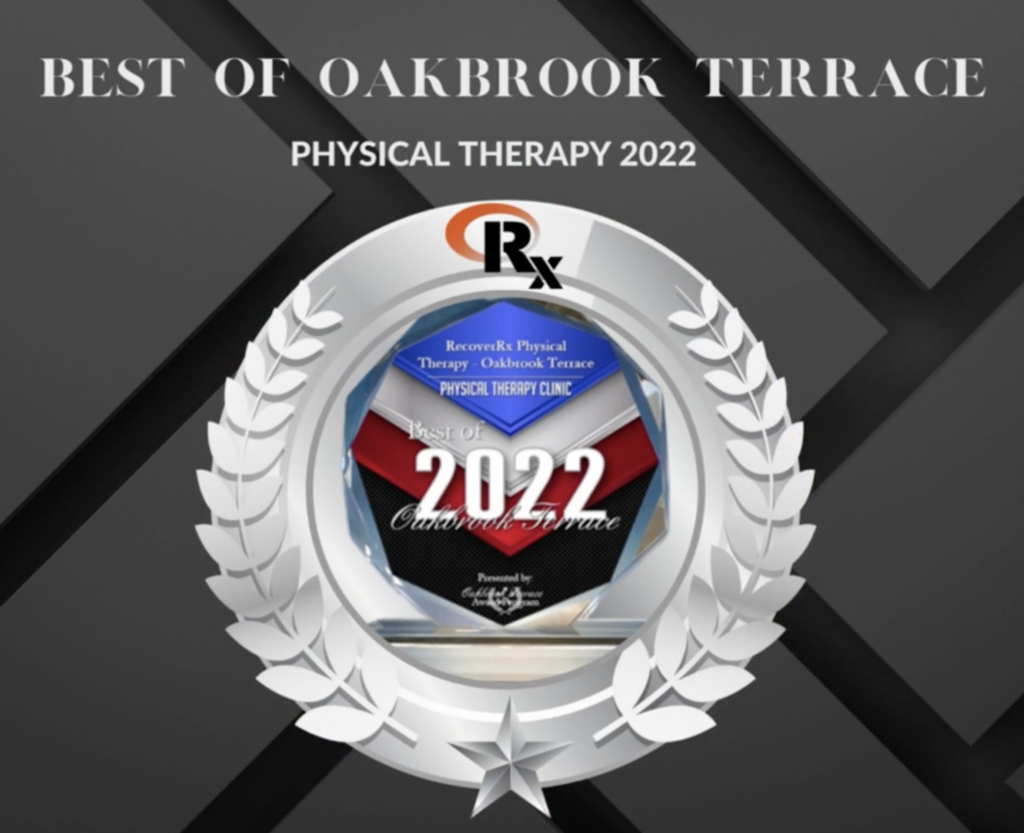By Dr. Sarah Greenwell, PT, DPT, CSMPT
I listened to a podcast recently where the speaker mentioned that the more invasive a treatment is, the more expectation there is for improvement. In our culture, we generally consider surgery to be the gold standard fix for an orthopedic problem, followed by a shot, a pill, and rehab.
We also live in a culture that wants immediate results.
The problem is that orthopedic surgery can sometimes do more harm than good. (https://theconversation.com/3-orthopaedic-surgeries-that-might-be-doing-patients-and-their-pockets-more-harm-than-good-179370) And other times, it has been proven in research to be no better than conservative rehabilitation. In some cases, short term results are seen but… many times long term results are often the same.
We really should be asking ourselves is the cost is worth the outcome? And that cost includes the financial burden of surgery; time off work, sports, exercise, recreational activities with family; and cost of the rehab often needed following the surgery. Not to mention the temporary increase in pain immediately following a surgical procedure, the impact it can have on sleep for several days to weeks following the procedure, risk of complications on the operating table, blood clot or infection risk during recovery, and often the need for help from friends and family for basic self-care and driving in the early days post-op.
Dr Travis Maak on the JOSPT Insights podcast even said that most surgeons will prefer to avoid surgery. They recommend conservative care first. I once had an orthopedic surgeon who performs total knee replacements on a daily basis, tell me that he personally would never have the procedure because he has seen some of the bad complications.
Converse to the complications from surgery, the side effects of physical therapy -specifically exercise- can include: improved strength, flexibility, cardiovascular function, weight management; improved balance, bone health, endurance, mood; improved blood pressure and cholesterol; improved circulation; reduced stress; improved posture. Doesn’t sound too bad does it?
The catch – it sometimes takes time and consistency. Based on the severity of pain, how long it has been a problem, and the underlying cause: some patients get pain relief in the first 2-4 therapy sessions. For others, it takes more time. But for everyone, true improvements in strength and tissue health take at least 6-8 weeks. If you want to fix the underlying problem and keep it from coming back, you need to put in the work and time. We have a quote on our clinic wall that says:

It has also been shown in research that although the pain might improve following a procedure such as a total knee replacement, often an individual’s overall activity level does not change. So although you might believe that the knee pain is holding you back, and once it is gone you will be able to do so much more… it is actually up to YOU to do more.
One of the benefits of conservative rehabilitation over surgery is that the healing process is also setting the foundation for long term improvements in mobility, strength, exercise motivation, and a habit for moving more.
Often, the results of imaging, like x-ray and MRI, scare us into believing that we are broken. “Bone-on-bone”, “tendonitis”, “bulging discs”, “muscle tears”… we have been led to believe that these things need to be fixed for the pain to go away. But we know through research that ‘abnormal’ findings are actually very normal and common:
- 40% of normal people without pain or symptoms have rotator cuff tears (Reilly, Macleod et al 2006)
- Over age 70, 2 out of 3 people have a rotator cuff tear, but no symptoms (Milgrom, Schaffler et al. 1995)
- 25-50% of the general population has the following in their back: disc protrusions, joint degeneration, asymmetry, foraminal stenosis (Kjaer, Leboeuf-Yde et al. 2005).
- Approximately 40% of “normal” have a bulging disc on MRI (Videman, Battie et al 2003; Alyas, Turnet et al. 2007)
- 15% of MRI’s show knee meniscus degeneration (Munk, Lundorf et al. 2004) 40-50% of asymptomatic athletes have a hip labral tear (Dr Travis Maak on the JOSPT Insights 5/9/22)
Imaging shows a picture, but the findings are not always a direct correlation to the source of pain. So sometimes surgery that addresses something on an image, might not actually change the pain.
It is possible to have arthritis, worn tendons and ligaments, and a history of injuries- and still recover without surgery and go on to exceed prior fitness levels. I just watched a youtube video (link https://www.youtube.com/watch?v=zv9OneDrB4Q) of a 100 year old man competing in a sprint event this April 2022. I am sure that his cartilage is frayed, the bones are arthritic, the muscles have chronic changes — but he is still performing and enjoying it!

This is not to say that surgery is never appropriate or helpful. There are certainly times when surgery is the best option. But for most orthopedic injuries, 6-8 weeks of conservative therapy should be tried first. And not the kind that you just show up and someone else does a bunch of passive treatments (ultrasound, electric stimulation, massage and stretching only) – but the kind that makes you work!
If it doesn’t challenge you, it won’t change you.
Put in the effort to help accelerate the tissue healing, and build a better foundation for future performance!
If you or someone you know is dealing with an orthopedic issue and you are considering surgery or wondering what other options you have, you can reach out to us via email, info@recoverrxpt.com, give us a call 3312532426, or sign up for a Free Discovery Visit to see if our personalize therapy can help.
Thanks for reading!
Dr. Sarah




